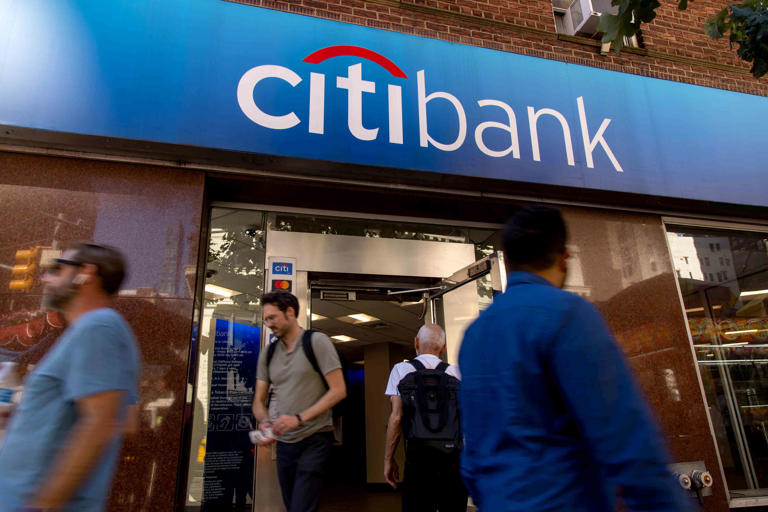The second-quarter earnings season for large U.S. banks has begun with a diverse range of outcomes, reflecting both strengths and challenges amid a shifting economic landscape. Citigroup, JPMorgan Chase, and Wells Fargo, as the initial bearers of financial news, each painted a nuanced picture of their performance in a time of evolving market dynamics.
Citigroup stood out by surpassing expectations with a 10% year-over-year increase in net income, a positive achievement amidst broader market uncertainties. Meanwhile, JPMorgan Chase and Wells Fargo faced headwinds, reporting declines in profit excluding exceptional items. Wells Fargo, however, managed to exceed analysts’ consensus forecasts, adding a layer of complexity to their financial narrative. Despite their efforts, all three banks experienced declines in their stock prices immediately following their earnings releases: JPMorgan’s shares dropped 1.2%, Citigroup’s fell 1.8%, and Wells Fargo’s plunged by 6%, marking it as the largest decliner on the S&P 500 for that day.
A critical metric affecting these earnings was net interest income, a cornerstone of banking profitability. Initially boosted by Federal Reserve rate hikes starting in early 2022, net interest income has now shown consecutive quarterly declines at all three banks in the second quarter of 2024. JPMorgan reported a decrease to $22.8 billion, down from $23.1 billion in the previous quarter, mirroring broader trends of stagnant loan balances and increased provisioning for potential credit losses.
The prolonged burden of higher interest rates has impacted banks’ ability to sustain growth in net interest income, as elevated deposit costs have eventually caught up with higher loan charges over time. Looking forward, anticipated Federal Reserve rate cuts, possibly as early as September, could potentially reset deposit costs more swiftly than loan rates, offering a potential boost to net interest income in the near term.
However, the increased provisions for credit losses underscore banks’ concerns regarding the economic slowdown and potential defaults on loans. JPMorgan, for instance, set aside $3 billion for credit losses in the second quarter, up from $1.9 billion in the first quarter, while Wells Fargo increased its credit loss coverage to $1.2 billion. These provisions reflect a cautious stance as banks prepare for potential challenges in loan repayment amidst economic uncertainties.
Another notable trend among these banks is the sluggish loan growth or outright contraction in some cases. JPMorgan’s outstanding loans remained unchanged at $1.3 trillion for the fourth consecutive quarter, while Wells Fargo’s average outstanding loans decreased to $917 billion, and Citigroup’s loans saw a modest increase but were down from year-end levels.
Looking ahead, the efficacy of future Fed rate cuts in stimulating loan demand will be pivotal for banks as they navigate the delicate balance between profitability and economic conditions. The upcoming earnings reports from regional banks will provide further insights into credit loss provisions and loan growth trends across the broader banking sector.
In summary, while the second-quarter earnings results for these large U.S. banks highlight resilience in certain areas, they also underscore ongoing challenges posed by economic conditions and interest rate dynamics. These factors will shape the strategic direction of banks in the coming quarters as they seek to optimize performance amidst a complex and evolving financial landscape.
